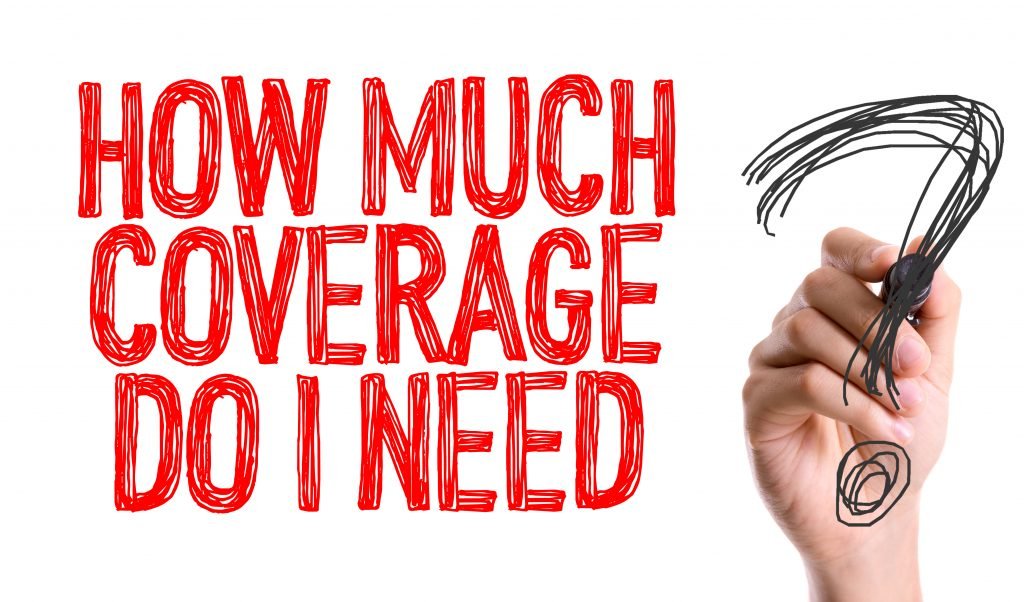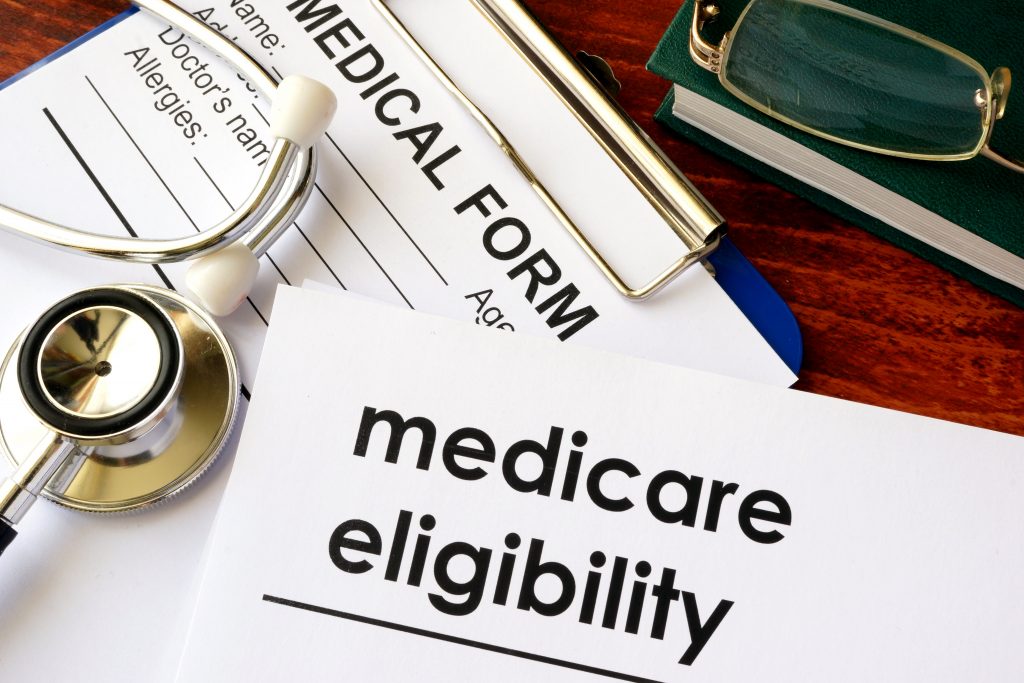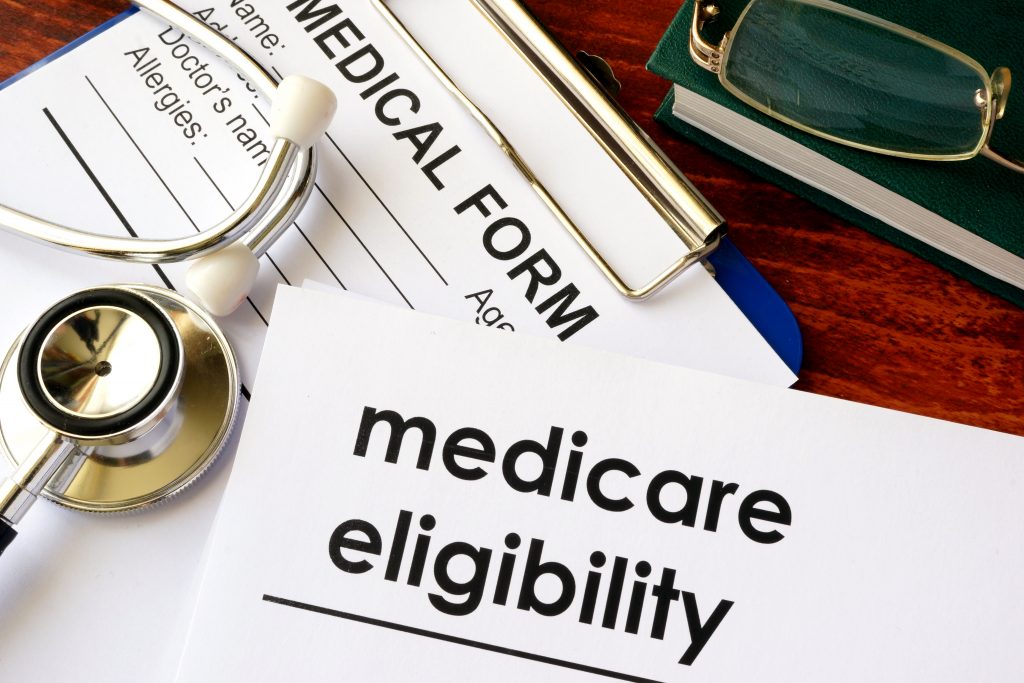It’s easy to feel overwhelmed when your doctor says you need a power wheelchair or mobility scooter to help you move around.
But most of the anxiety goes away when you find out that your health plan pays for mobility scooters.
What about Medicare? Does Medicare pay for mobility scooters?
Yes, Medicare cover mobility scooters, but only if you have Plan B insurance under Original Medicare.
Does Medicare Cover Mobility Scooters: Conditions You Must Meet

For Medicare to cover the payment for your mobility scooter, you have to meet some conditions.
- You must have a face-to-face appointment with your doctor, where they examine you.
This confirms to the officers handling your case the status of your medical condition.
- Your doctor must then give you a written order.
The written prescription lets Medicare know that you have mobility issues and that you need a scooter to move around your house.
The doctor should prove that the scooter is a medical necessity. They have to show that you need it because of your health condition.
Your doctor has probably prescribed similar Durable Medical Equipment (DME) hundreds of times. So they know what rules to follow and what information to submit for Medicare to cover the cost of your mobility scooter.
- Your doctor and Durable Medical Equipment provider must be enrolled in Medicare.
They must be on the current Medicare provider listing.
If they were approved to join the program in the past but were later delisted, you won’t receive coverage.
For Medicare to pay, the doctor must stay enrolled in the program.
- Your doctor and DME supplier must be participating suppliers in Medicare.
It’s not enough for the doctor and DME supplier to have enrolled in Medicare. They must also participate in the Medicare program.
- The DME provider must accept assignment.
That means:
(i) They agree that Medicare, not you, will pay them.
(ii) They accept the assignment cost Medicare has approved for the scooter
(iii) They will only charge you for Part B deductible and coinsurance.
Your Action Steps:
- Confirm that your healthcare provider and DME suppliers are Medicare-enrolled and participating providers.
It’s not enough to ask them if they’re Medicare-participating providers.
You’ll need to take the initiative to confirm their status. A quick way to do so is by looking them up on medicare.gov.
Does Medicare Coverage Pay 100% Of The Cost Of A Scooter?

Medicare pays 80% of the allowable cost, and you settle the remaining 20%.
The allowable cost is the Medicare-approved amount that Medicare pays an enrolled provider. And the 20% is your coinsurance.
Besides the 20%, you must also pay your deductible.
So you’re responsible for paying the deductible + coinsurance, which is 20% of the cost.
The coverage you receive for your power mobility devices does not affect any aspect of your Medicare advantage plans. That includes your deductible, monthly premiums, and the benefits you get.
Here’s an example of how to calculate what you’ll pay in total:
Allowable cost of your power scooter = $3,000
Your Plan B monthly premium = $200
Your deductible = $233
Your coinsurance = 20%
Deduct the deductible from the allowable amount. So 3,000 – 233 = 2,767
Your coinsurance is 20% of 2,767, which is 553.40.
So the total you’ll settle out of pocket will be 200 + 233 + 553.40 = 986.40.
$986.40 will be your total cost.
If you had paid your monthly premium, don’t include the premium in your calculation.
If you haven’t paid your Plan B deductible for the year, you’ll end up paying the total allowable amount. Using our example above, that means you’ll hand over $3,000 for the scooter instead of $986.40.
How To Pay Your Deductible
You don’t pay your Medicare Plan B deductible in cash, check, or from your bank account.
Instead, Medicare applies the deductible to your first few Plan B bills each year.
Let’s say the first hospital visit of the year is to the physical therapy clinic, and the bill comes to $100.
Your physical therapist will bill Medicare for the service. Medicare will then credit the $100 to your deductible.
A few weeks later, you may get diagnostic imaging services and see your doctor for a total of $400.
Medicare will credit the remaining $133 of your deductible to these services. In this way, you’ll have met your deductible obligation.
The service will then settle 80% of the remaining $267 while you cover the remaining 20%. So Medicare pays $213.60 and you pay $53.40.
What If I Can’t Pay My Coinsurance?
You can take Medicare Supplement Plans to help meet your out-of-pocket medical expenses.

These are standard supplemental Medicare covers referred to as Medigap. And they are available to patients with Part A and Part B.
Although only private medical insurance companies sell Medigap plans, Medicare regulates each plan.
At least eight of these supplemental insurance plans cover Part B coinsurance. But only two cover the Plan B deductible, and those are Medigap Plan C and Plan F.
That should be great news, shouldn’t it? Except, plans C and F don’t cover everyone.
Who Can Buy Medicare Supplement Plan C And Plan F?

Plan C is sometimes referred to as a medicare advantage plan, and Plan F are only available to patients who registered for Medicare before Jan 1, 2020.
If you joined Medicare on or after Jan 1, 2020, you don’t qualify for Plan C or Plan F.
But you may qualify for other Medigap plans.
In some states, Plan F is a high-deductible cover. It requires you to pay up to $2,490 in Medicare-covered expenses before the policy can settle your claim.
So take your time when evaluating the different plans, and choose what’s most suitable for you.
I Don’t Qualify For Plan C Or F. Now What?

If you’re not eligible for Plan C or F Medicare Supplement Insurance, you can buy any other Medigap plan. You can then use the cover to settle your coinsurance.
Plan N, for instance, will cover 100% of your coinsurance. But it requires you to pay a copayment of up to $50 for ER visits and $20 for some healthcare services.
What If I Can’t Afford My Premiums?

There are several ways you can get help paying your Plan B premiums.
1. Do you Receive Social Security Benefits or Railroad Retirement Benefits?
You can use your benefits payouts to settle Plan B premiums. To make things easy, you can allow automatic deductions from your benefits.
This way, the bank sends your premiums to Medicare as soon as the Social Security Administration (SSA) or Railway Retirement Board (RRB) releases money into your account.
2. Are You A Federal Retiree?
Medicare can deduct your premiums from the Office of Personnel Management (OPM) payout. All you have to do is apply for the service.
However, to qualify for OPM deductions, you should not be an RRB or Social Security beneficiary.
3. Apply For Medicare Savings Programs In Your State.
Contact your state Medicaid office to check whether you qualify for the service. You may be eligible for a Savings Program if:
- you have limited resources
- your income is at or below the program limit
- you only have Medicare Part A, not Medicare Part B
You may qualify for a Savings Program even if your income or resources are higher than the listed limits. The only way to find out is by talking to a Medicaid representative in your state.
Don’t Ignore Your Premiums
The most important thing is to ensure that you clear your Plan B premiums on time.
Try not to miss your premium payments since this could void your coverage. And when that happens, Medicare won’t cover your DME equipment.
Medicare sends you the premium bill every month or every three months. Usually, you’ll receive the bill a month earlier, by the 10th, and it shows the dates for which you’re paying.
It’s good practice to ensure that you’ve paid your premium by the 25th of each month.
One way to ensure you never default on your premium payments is by using Medicare Easy Pay. Easy Pay auto deducts your Plan B premium from your checking or savings account every month.
Signing up for the Easy Pay service is simple:
Method 1:
- Log into or create an account on Medicare.gov
- Go to My Premiums, then Select Sign Up.
- Fill in the short form, and wait for confirmation from Medicare.
Method 2:
Print and fill out the Authorization Agreement for Preauthorized Payments form (SF-5510). The paperwork is only 1 page long and entails details about your:
- personal information
- financial institution
- account information
Once you’ve completed the form, mail it to the Medicare Premium Collection Center.
It might take 6-8 weeks for the automatic deductions to begin.
Note that you can stop the deductions whenever you like. Again, you can do it on Medicare.gov or by mailing in authorization form SF-5510. Make sure to check the box marked Stop.
When Medicare Requires Prior Authorization To Pay For Durable Medical Equipment
Certain power wheelchairs must have prior authorization for the Medicare cover to apply. Centers for Medicare & Medicaid Services (CMS) lists 40 such electric wheelchairs.
Medicare uses prior authorization to ensure providers and suppliers are Medicare-compliant. It also helps streamline the billing and payment process.
How Do You Get Pre-Authorization?
The DME provider handles the request for prior authorization. It’s a straightforward process whereby:
- Your doctor prescribes a wheelchair or scooter that requires prior authorization.
- Your DME provider sends a prior-authorization request to the Medicare Administrative Contractor (MAC).
- They submit all the medical documents Medicare requires to approve the request.
Often, the information required is the same information Medicare requests during payments processing. But sometimes, the MAC may request more information.
So the DME will not get a request for all these strange documents. It’s only that now Medicare requests them to submit the information earlier. That is, before supplying the equipment or submitting a claim.
Medicare uses the submitted information to determine whether it can cover the claim.
- The MAC evaluates the information and responds with a yes or no.
Can Medicare Decline The Pre-Authorization Request?
Yes.
Your DME supplier might unintentionally fail to submit all the required medical information. In this case, Medicare can decline the request.
If the MAC finds there’s no medical reason for you to use a mobility scooter, they can also deny the request.
What Happens If Medicare Denies My Pre-Authorization Request?
Usually, Medicare will deny prior approval requests due to missing information.
Your DME supplier can resubmit the pre-authorization application request. This time, they should provide all the extra information requested. This makes it easy for the MAC to make their decision within a reasonable time.
What If I Don’t Qualify For Medicare?
If you don’t have Plan B, you’ll need to meet the cost of a wheelchair or mobility scooter with funds from your pocket.
Choose your preferred mobility scooter from the many mobility scooters available. Most of them are affordable. Best of all, they are appropriate for medical use, durable, and comfortable for use at home.
What To Look For When Choosing An Electric Scooter
The first thing you want to check is the wheelchair’s usability. It’s best if it’s not too heavy and clunky, even better if it’s foldable.
You can fold and keep it away when you’re not using it. You can also carry the mobility scooter with you when traveling. Make sure you pick one that’s airline-approved, especially if you fly a lot.
It should have ample ground clearance to make movement easy. A six-inch allowance will ensure heavy carpeting does not impede your movement.
Live in a storied house? Choose a scooter that has a climbing angle of 5-10 degrees and a turning radius of 25-35 inches.
This will ensure you don’t have mobility challenges when moving around the house.
Remember:
Medicare covers mobility scooters as long as one has Medicare Part B.
The health insurance program may cover the cost of your mobility scooter if you have Part A Medicare coverage only. But for this, you must qualify for the relevant Medical Savings Program.
To enjoy Medicare’s DME coverage:
- stay up to date on your Plan B deductible and premium payments, and
- ensure your healthcare provider and DME supplier are participating Medicare providers.
